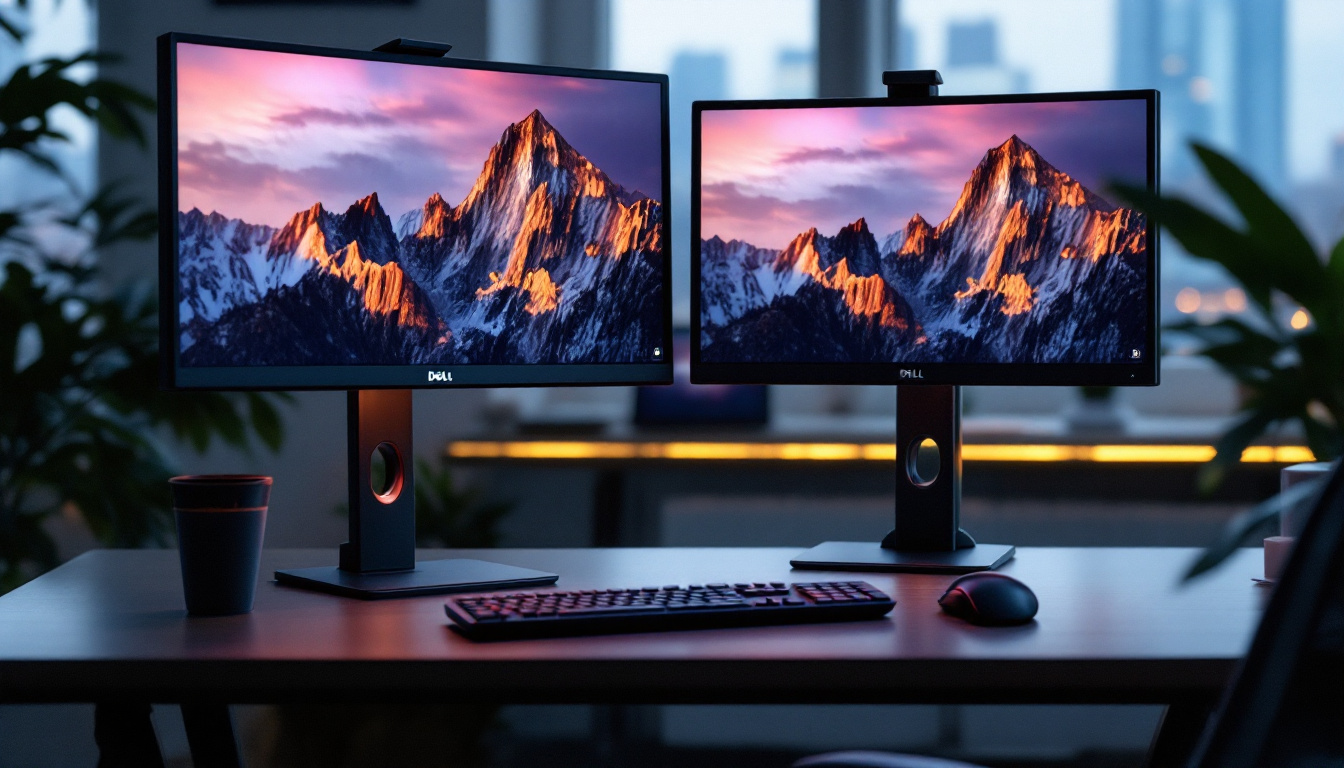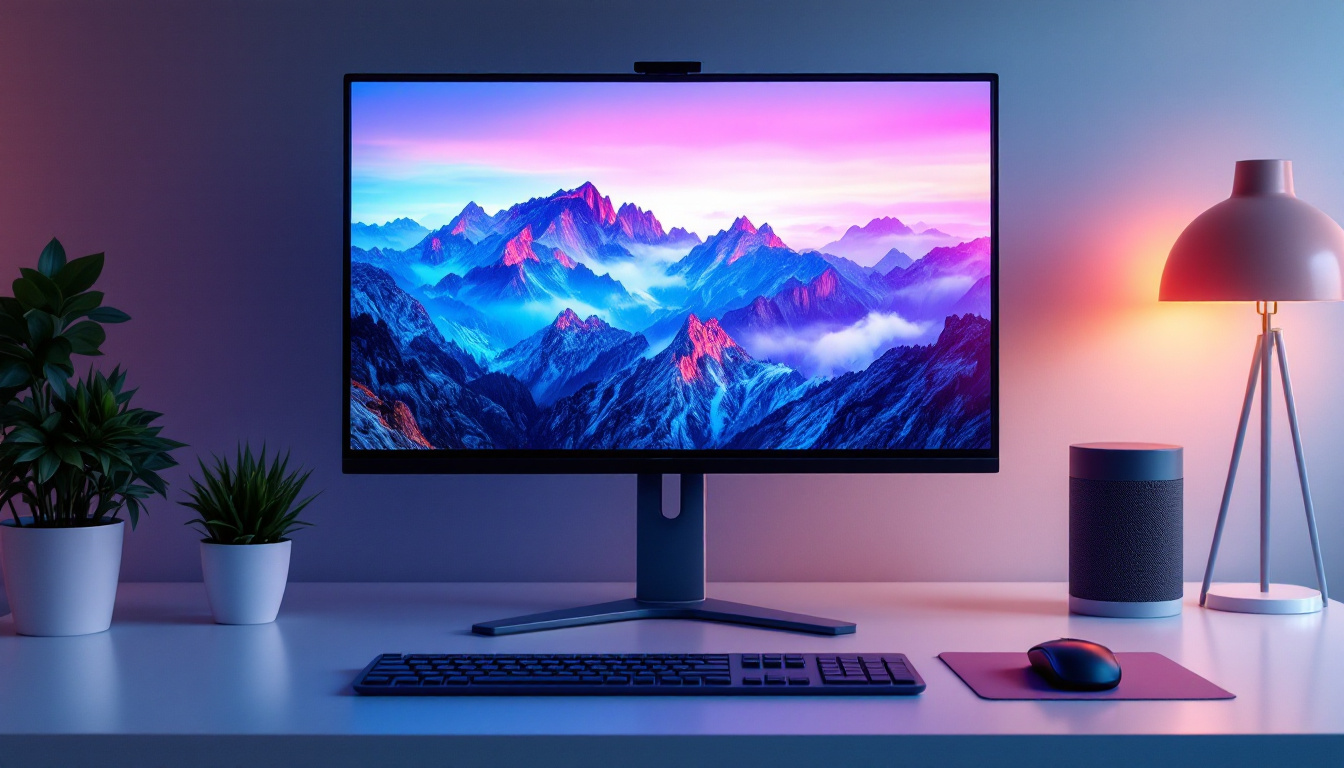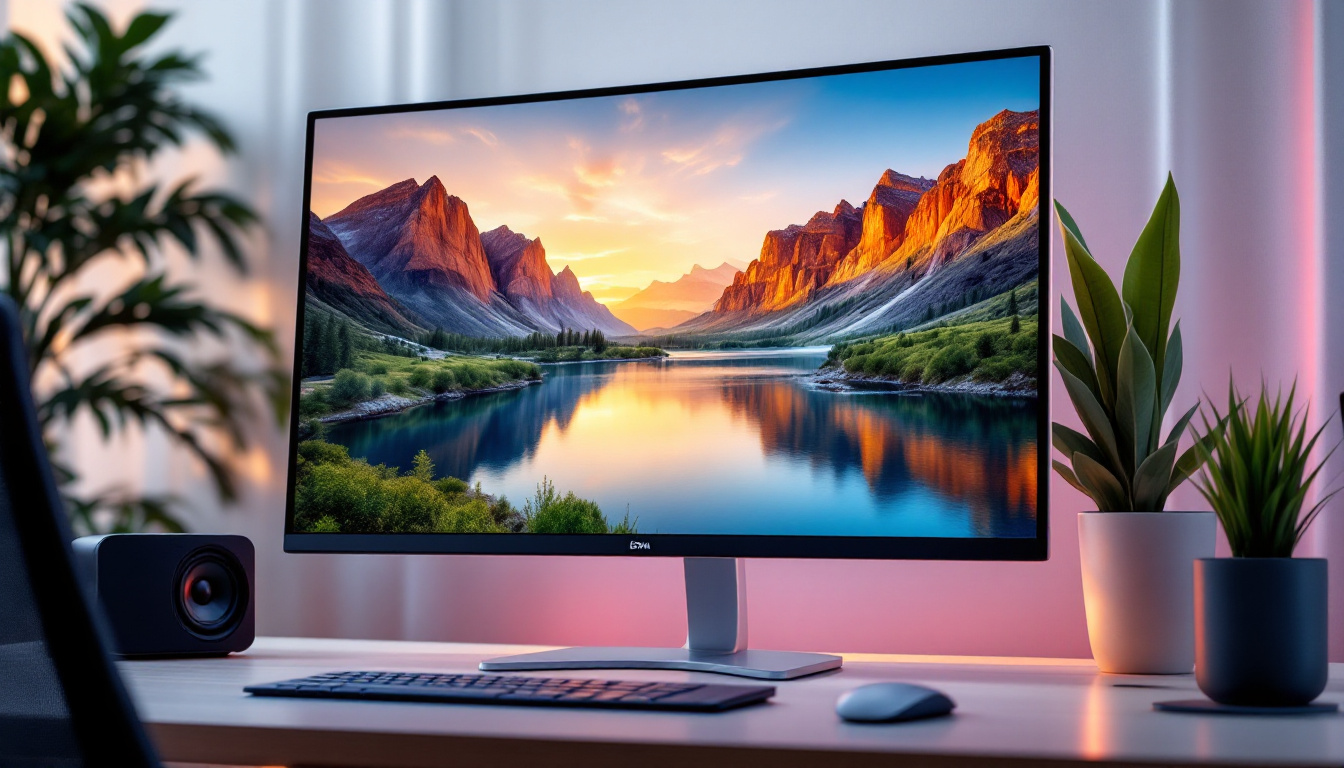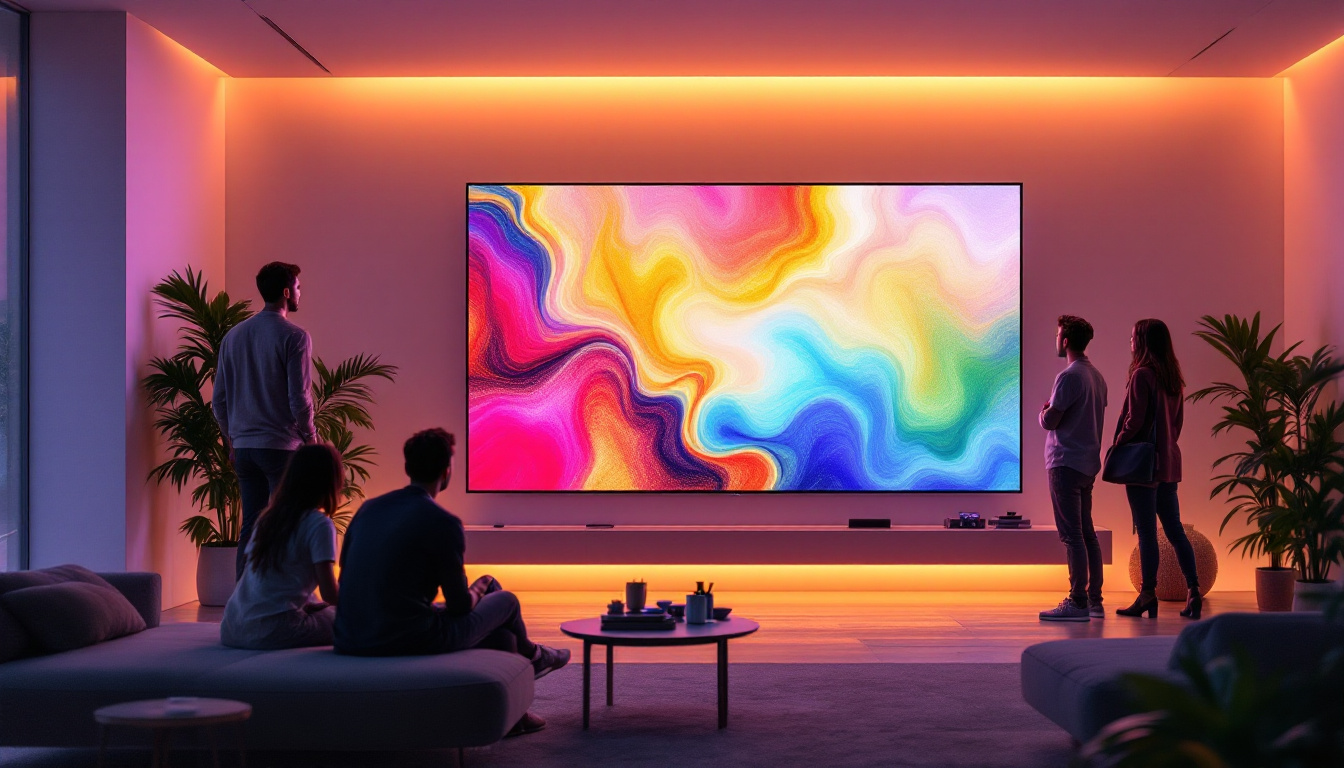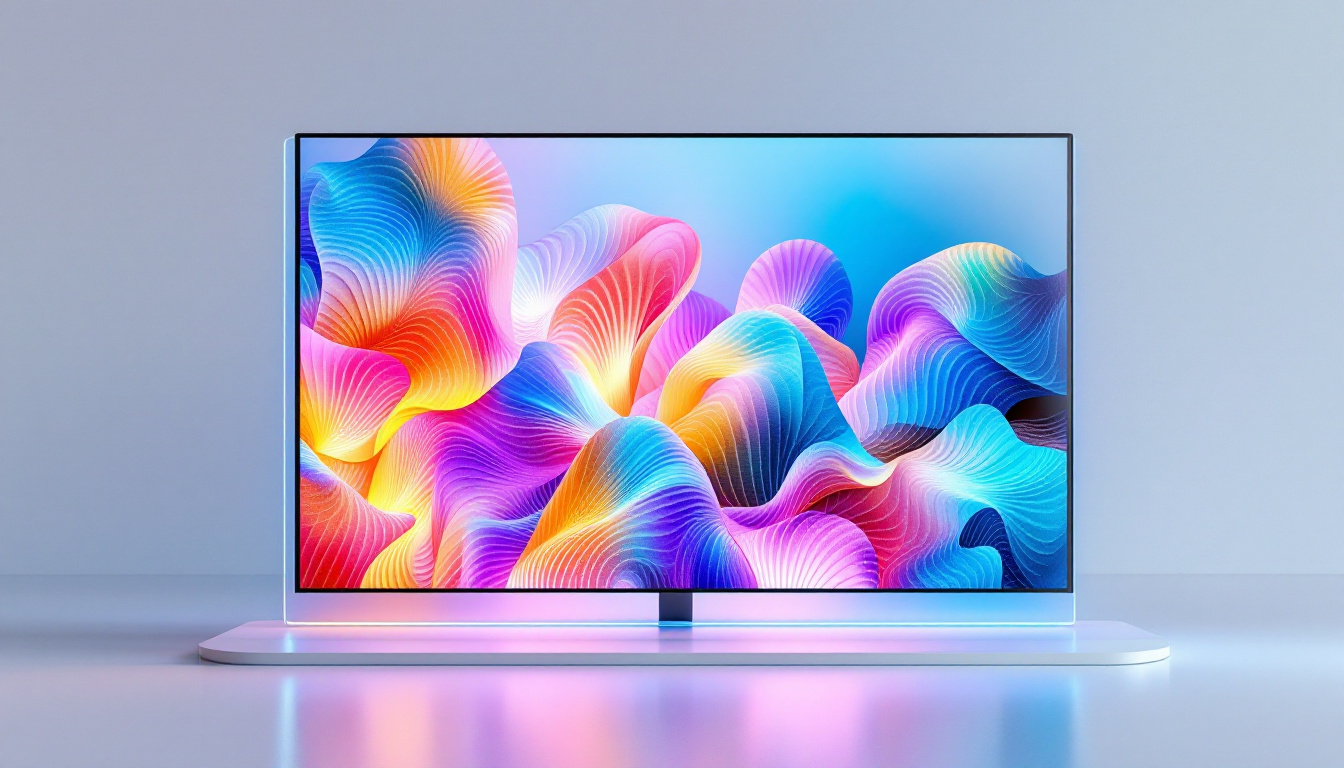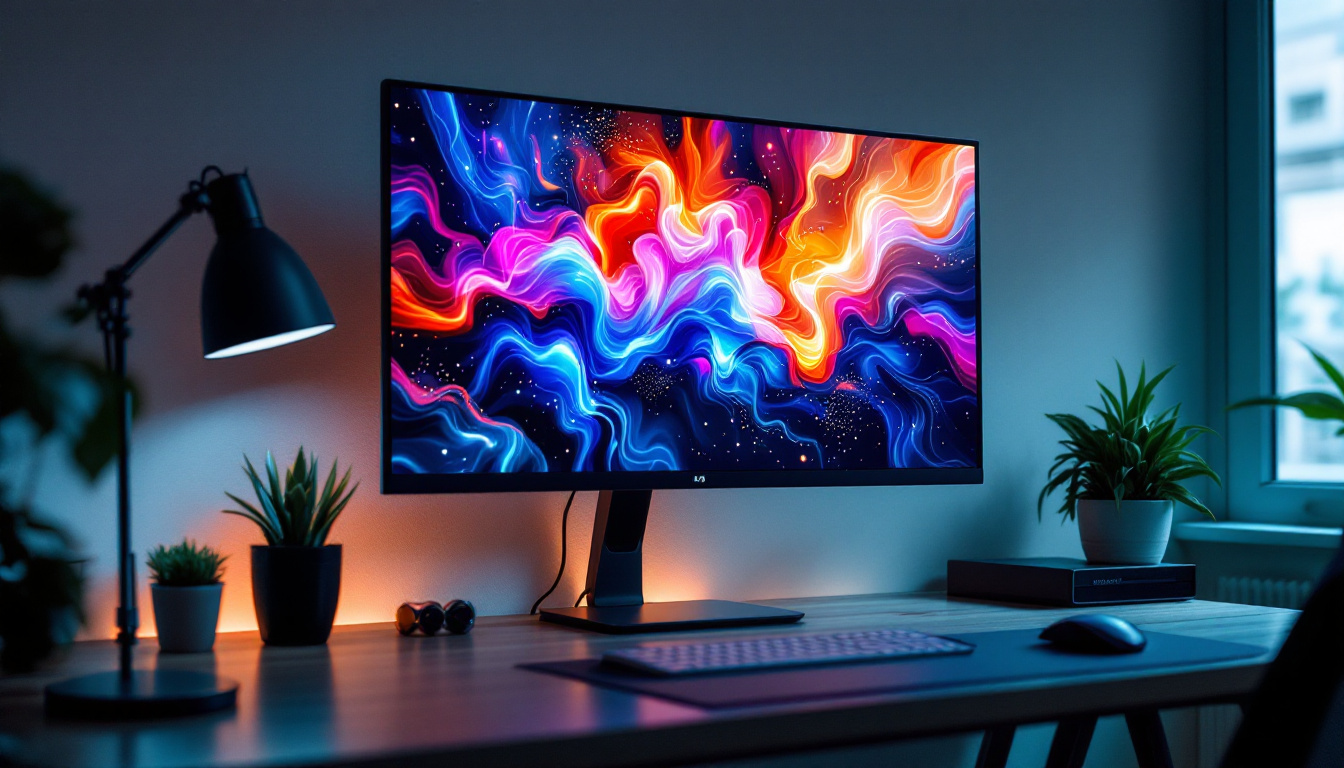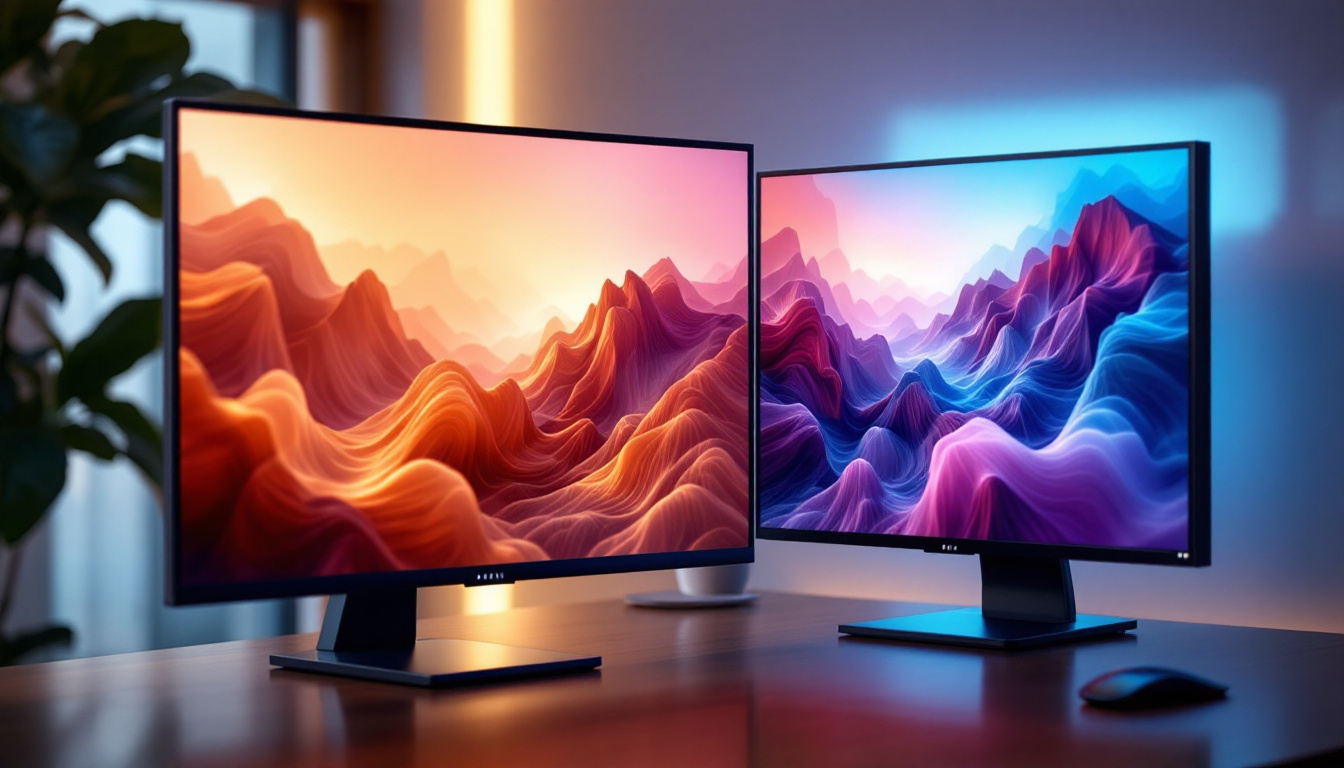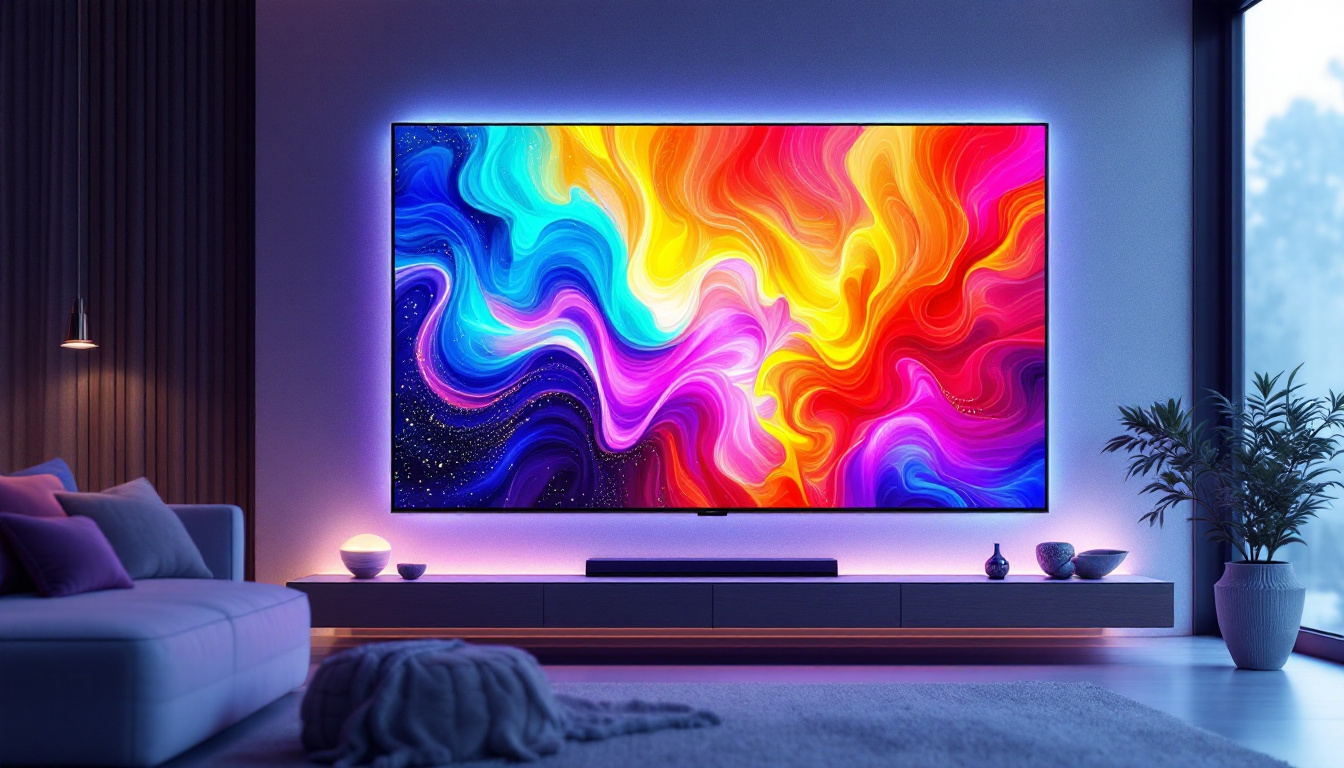The world of display technology has evolved significantly over the past few decades, with various innovations enhancing the way we interact with screens. Among these advancements, TFT LCD touch screens have emerged as a popular choice for a wide range of applications, from smartphones to industrial equipment. This article delves into the intricacies of TFT LCD touch screens, exploring their functionality, advantages, and the underlying technology that powers these displays.
Understanding TFT LCD Technology
TFT, or Thin Film Transistor, is a technology used in liquid crystal displays (LCDs) that enhances image quality and responsiveness. The integration of transistors allows for better control of individual pixels, resulting in sharper images and faster refresh rates. This technology has become a standard in various devices, from smartphones and tablets to televisions and computer monitors, revolutionizing how we interact with visual content.
The Basics of LCD
Liquid Crystal Display (LCD) technology relies on liquid crystals that modulate light to create images. Unlike traditional cathode ray tube (CRT) displays, LCDs are lightweight and energy-efficient. They utilize a backlight to illuminate the liquid crystals, which then manipulate the light to produce the desired colors and images. This backlighting can come from various sources, including LEDs, which have further improved the efficiency and color accuracy of LCDs.
The combination of TFT technology with LCD results in a display that not only provides vibrant colors but also improves the viewing experience by reducing motion blur and enhancing contrast ratios. The advancements in this technology have led to the development of various types of LCDs, such as IPS (In-Plane Switching) and VA (Vertical Alignment), each offering unique benefits in terms of viewing angles and color reproduction, catering to different user needs and preferences.
How TFT Works
The core of TFT technology lies in its use of thin film transistors. Each pixel in a TFT LCD has its own transistor, which allows for precise control over the pixel’s state. When an electrical signal is applied, the transistor opens or closes, allowing light to pass through or be blocked. This mechanism enables rapid changes in pixel state, resulting in smooth video playback and dynamic visuals. The ability to control each pixel independently is what makes TFT LCDs particularly effective for displaying fast-moving images, such as those found in action movies or video games.
Additionally, TFT technology supports higher resolutions, making it suitable for applications that demand clarity and detail, such as gaming and graphic design. The development of high-definition (HD) and ultra-high-definition (UHD) displays has pushed the boundaries of TFT technology, allowing users to enjoy an immersive experience with stunning detail. Furthermore, advancements in color calibration and image processing techniques have ensured that TFT LCDs can deliver a wide color gamut, making them ideal for professionals in photography and video editing who require accurate color representation in their work.
Touch Screen Integration
The integration of touch screen technology with TFT LCD displays has revolutionized user interaction with devices. Touch screens allow users to interact directly with what is displayed, enhancing usability and accessibility. This seamless interaction has transformed how we engage with technology, making it more intuitive and user-friendly.
From smartphones to industrial machines, touch screens have become ubiquitous, providing a more engaging experience. The evolution of touch screen technology has also led to the development of advanced features such as gesture recognition and haptic feedback, which further enrich the user experience. As technology continues to advance, we can expect even more innovative applications of touch screen integration in everyday devices.
Types of Touch Screen Technologies
There are several types of touch screen technologies, each with its own advantages and applications. The most common types include resistive, capacitive, and optical touch screens. Understanding these technologies can help users choose the right type for their specific needs.
- Resistive Touch Screens: These screens consist of two thin layers separated by a small gap. When pressure is applied, the layers touch, registering the input. While they are cost-effective and can be used with gloves or styluses, they are not as responsive as other technologies. This makes them suitable for applications where precision is less critical, such as in certain industrial settings or older devices.
- Capacitive Touch Screens: Utilizing the electrical properties of the human body, capacitive touch screens register touch through the change in capacitance. They offer superior sensitivity and multi-touch capabilities, making them ideal for smartphones and tablets. Their ability to recognize multiple touch points simultaneously has opened up new possibilities for interactive applications, such as gaming and creative software.
- Optical Touch Screens: These screens use cameras or infrared sensors to detect touch. They are often used in larger displays, such as kiosks, where users can interact without direct contact. This technology is particularly advantageous in public settings, as it reduces the need for physical contact, promoting hygiene and ease of use.
Advantages of TFT LCD Touch Screens
TFT LCD touch screens offer numerous benefits, making them a preferred choice in various industries. Some of the key advantages include:
- High Resolution: The combination of TFT technology and LCD allows for high-resolution displays, providing clear and detailed images. This clarity is crucial in applications such as medical imaging and high-end gaming, where visual fidelity is paramount.
- Energy Efficiency: TFT LCDs consume less power compared to other display technologies, making them more environmentally friendly and cost-effective in the long run. This efficiency is particularly important in mobile devices, where battery life is a critical factor for user satisfaction.
- Durability: TFT LCD touch screens are designed to withstand wear and tear, making them suitable for both consumer and industrial applications. Their robust construction ensures longevity, even in challenging environments, such as factories or outdoor settings.
Moreover, the versatility of TFT LCD touch screens allows them to be integrated into a wide range of devices, from automotive displays to home appliances. As industries seek to enhance user interfaces, the demand for TFT LCD touch screens continues to grow, driving innovation in design and functionality. The ongoing advancements in touch screen technology promise to further enhance user experiences, making interactions with devices more fluid and engaging than ever before.
Applications of TFT LCD Touch Screens
TFT LCD touch screens are versatile and can be found in a wide range of applications across various sectors. Their adaptability makes them suitable for both consumer electronics and specialized industrial equipment.
Consumer Electronics
In the realm of consumer electronics, TFT LCD touch screens are ubiquitous. They are used in smartphones, tablets, and laptops, where user interaction is paramount. The responsive nature of capacitive touch technology enhances the user experience, enabling intuitive navigation and interaction.
Moreover, the high-resolution capabilities of TFT LCDs allow for vibrant displays that enhance media consumption, whether it’s watching videos, playing games, or browsing the web.
Industrial Applications
Beyond consumer electronics, TFT LCD touch screens are also prevalent in industrial applications. They are used in machinery control panels, medical devices, and point-of-sale systems. In these environments, the durability and reliability of TFT LCD touch screens are crucial.
For instance, in medical devices, touch screens allow healthcare professionals to interact with complex systems quickly and efficiently, improving patient care and operational efficiency.
Future Trends in Display Technology
The display technology landscape is constantly evolving, and TFT LCD touch screens are no exception. As technology advances, several trends are emerging that could shape the future of these displays.
Advancements in Display Resolution
With the demand for higher resolution displays increasing, manufacturers are continuously pushing the boundaries of what TFT LCD technology can achieve. The introduction of 4K and even 8K resolutions is becoming more common, providing users with unparalleled image clarity.
This trend is particularly significant in applications such as gaming and virtual reality, where immersive experiences rely on high-quality visuals. As technology progresses, the cost of producing high-resolution displays is expected to decrease, making them more accessible to consumers.
Flexible and Bendable Displays
Another exciting trend is the development of flexible and bendable TFT LCD displays. These innovative screens can be integrated into various surfaces, allowing for unique product designs and applications. From wearable technology to curved televisions, the possibilities are vast.
As manufacturers explore new materials and production techniques, the flexibility of TFT LCD displays may revolutionize how screens are used in everyday devices, enhancing both functionality and aesthetics.
Challenges and Considerations
Despite the many advantages of TFT LCD touch screens, there are also challenges that need to be addressed. Understanding these challenges is crucial for manufacturers and consumers alike.
Cost and Production Complexity
The production of TFT LCD touch screens can be complex and costly. The need for precision in manufacturing and the materials used can drive up prices, especially for high-quality displays. As demand for advanced features increases, manufacturers must find ways to balance cost with quality.
This challenge is particularly relevant in competitive markets, where price sensitivity is a significant factor for consumers. Manufacturers are continually seeking innovative solutions to reduce production costs while maintaining high standards of quality.
Environmental Concerns
As with many technologies, environmental concerns are becoming increasingly important in the production and disposal of TFT LCD touch screens. The materials used in these displays can have significant environmental impacts, and manufacturers are under pressure to adopt more sustainable practices.
Efforts are being made to develop eco-friendly materials and recycling programs to mitigate these impacts. As consumers become more environmentally conscious, the demand for sustainable products is likely to grow, influencing future manufacturing practices.
Conclusion
TFT LCD touch screens represent a significant advancement in display technology, combining high-quality visuals with intuitive user interaction. Their versatility and adaptability have made them a staple in both consumer electronics and industrial applications.
As technology continues to evolve, the future of TFT LCD touch screens looks promising. With advancements in resolution, flexibility, and sustainability, these displays are poised to remain at the forefront of innovation in the digital age.
Understanding the intricacies of TFT LCD touch screens not only highlights their importance in modern technology but also emphasizes the ongoing need for innovation and improvement in this dynamic field. As new trends emerge and challenges are addressed, the journey of display technology is far from over.
Explore the Future of Visual Display with LumenMatrix
As you embrace the dynamic world of TFT LCD touch screens, take your visual experience to the next level with LumenMatrix’s innovative LED display solutions. LumenMatrix is at the forefront of LED display technology, offering a wide array of products from Indoor and Outdoor LED Wall Displays to specialized solutions like Vehicle LED Displays and LED Sports Displays. Whether you’re looking to enhance brand visibility or create immersive visual experiences, LumenMatrix has the expertise to bring your vision to life. Check out LumenMatrix LED Display Solutions today and see how we can transform your visual communication.





